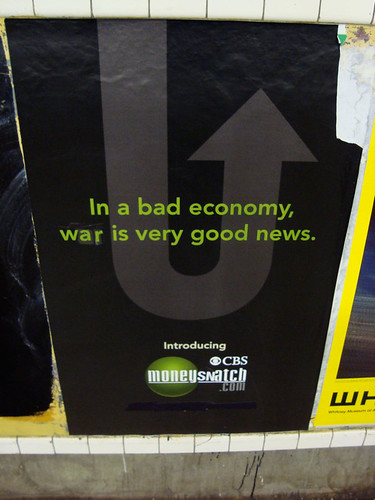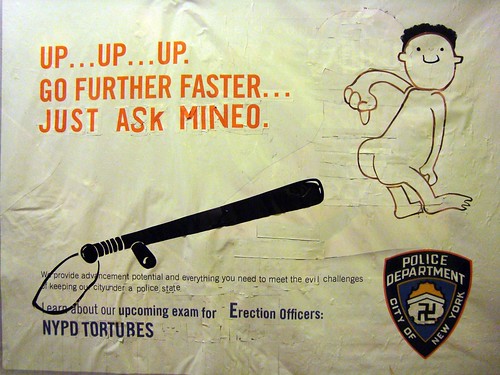Every day American troops and foreign civilians die as a result of armed conflicts or war. The following monument proposal is meant as a means to visually represent lives lost through government sanctioned war or combat.
II. Background:
The United States has had ongoing military engagements since the beginning of the Gulf War in 1990. Currently there are 516,273 U.S. military personal deployed in foreign countries.
Since the September 11, 2001 over 5500 military personnel and at least 120,000 civilians have been killed in instances directly associated with either the Iraq or Afghanistan Wars.
A commentary by Dr. Karl P. Mueller, School of Advanced Airpower Studies, Maxwell Air Force Base, sums up the general point of view perfectly, “The American public is conditionally tolerant of military casualties and consistently indifferent to collateral damage”. As numbers pour in it's very hard to completely understand the constant death. This monument shall be created as an on time awareness aid. When reading articles about either military or civilian deaths, we almost don't make the distinction between 10, 100, or even 1000+ killed. The number is just a number, it is not physical but ephemeral, by the time we've read to the next paragraph it is all but forgotten. The tolls of war monument will be a visual aid in understanding the true extent of death as a result of military engagements.
III. Description:
As a visualization tool, the monument will acknowledgement the number of deaths due to war or armed conflicts involving the United States. It will be built on or near sites housing government officials directly related to the decision to engage in military action, it’s purpose, to remind us of the ongoing death tolls related to military action.
 When attempting to represent the impermanence of life and even death I researched many types of communication before falling upon smoke signals. Smoke signals are the oldest form of visual communication by man and still used today. In Rome, the cardinals use smoke signals to indicate the selection of a new Pope. Black smoke indicates a failed ballot, white smoke means a new pope has been elected. The dynamic nature of smoke is able to very simply represent the shortness of life as well as the monentary, extinguishing and dispersing aspect of death.
When attempting to represent the impermanence of life and even death I researched many types of communication before falling upon smoke signals. Smoke signals are the oldest form of visual communication by man and still used today. In Rome, the cardinals use smoke signals to indicate the selection of a new Pope. Black smoke indicates a failed ballot, white smoke means a new pope has been elected. The dynamic nature of smoke is able to very simply represent the shortness of life as well as the monentary, extinguishing and dispersing aspect of death.The monument would be connected to a networked system of machines that reacted as new data is input into a website created for the monument. With each added death, the monument would create large plumes of colored smoke that would rise above and dissipate over the city. The color would directly relate to the specific war or conflict and whether the death was military personnel or civilian. The goal, to have as close to on time visual of each death as possible and force both the decision makers and the general populous to stop and acknowledge each individual death. This would allow commentary on the effectiveness of military action for a given event. The visual aid would give people a direct correlation between the length of time the conflict has taken place and the rise or drop in deaths related to that specific conflict.
IV. Benefits
The idea of benefiting society as a whole seems moot when referring to a monument. No one truly benefits from the building of a structure that acknowledges or remembers a time, place, event, person, or idea. A monument cannot provide food or shelter or love. The most a monument can do to benefit its viewer is to remind, to inspire, or to promote change within that society. With this monument, the greatest hope I could have would be to encourage the viewer to attempt to reshape what has become a business of war and possibly to search out more effective means to re-establish a feeling of safety within our lives that was devastated by the terrorist attacks on the United States.
V. Estimated Cost & Supplies
Initial: $15,800
Ongoing maintenance: $2250/ month
Hollow Concrete Base: $3500
30 foot Plexiglas tube: $800
Smoke Machine + non-toxic chemicals: $4000
Server to control smoke machine: $2500
Software to talk to server remotely: $3000
Website including data visualization: $ 2000
PDF of Presentation here: Tolls of War
Google Earth KMZ file here: Tolls of War















































